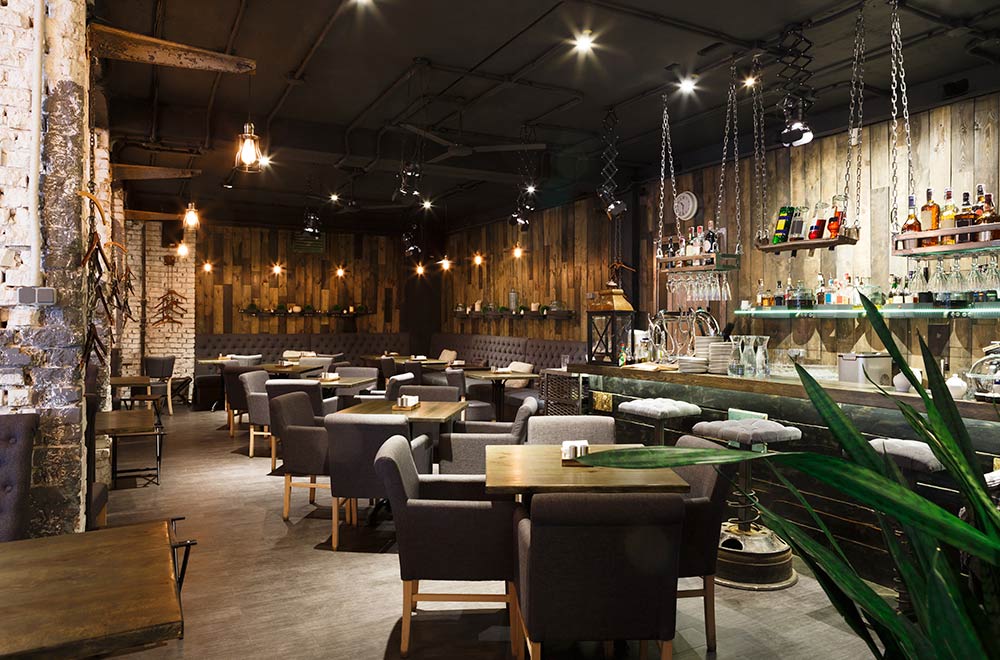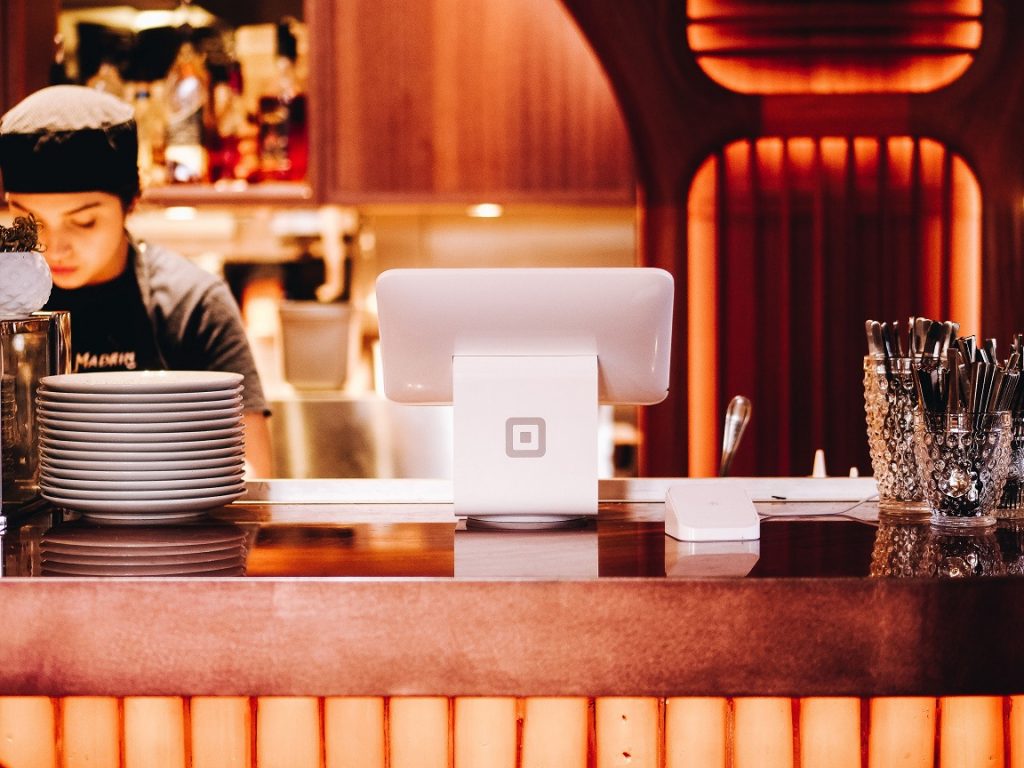Savor Genuine Asian Food With a Pan-Asian Spin for a Cooking Adventure
Starting a cooking journey via authentic Oriental food, boosted with a Pan-Asian twist, offers an one-of-a-kind chance to check out the abundant tapestry of flavors that specify the region's varied cooking customs. This experience welcomes you to enjoy the beautiful balance of preferences-- wonderful, salted, spicy, and sour-- harmonized by fragrant natural herbs and flavors. Imagine the ingenious fusion of Thai curry and ramen or the unexpected joy of sushi burritos. As you ponder these attracting meals, take into consideration the cultural stories and historic influences that shape them, each bite providing a story waiting to be discovered.

Exploring Pan-Asian Flavors
In the realm of global gastronomy, Pan-Asian food attracts attention for its exceptional variety and the harmonious interaction of tastes from different Oriental societies. This cooking method commemorates the rich practices and one-of-a-kind components found across the continent, producing a tapestry of preferences that is both gratifying and fascinating. Key to Pan-Asian cuisine is its capability to stabilize contrasting flavors-- wonderful, salted, spicy, and sour-- while highlighting the quality and top quality of each component.
From the umami-rich soy sauce of Japan to the intense chili peppers of Thailand, Pan-Asian food offers a comprehensive scheme of flavors. These elements are usually combined in creative means, enhancing meals with layers of complexity. As an example, using great smelling herbs such as lemongrass and cilantro, common in Vietnamese and Thai cuisine, adds a revitalizing illumination to dishes, while the consolidation of coconut milk provides a velvety, rich appearance.
The focus on fresh fruit and vegetables and fragrant flavors makes certain that each meal is not only a banquet for the palate yet also for the detects. Pan-Asian food welcomes restaurants to embark on a cooking trip, exploring the huge and varied landscapes of Oriental gastronomy with every bite.
Fusion Recipes to Attempt
While Pan-Asian cuisine is commemorated for its traditional tastes, the contemporary culinary landscape is increasingly welcoming blend meals that mix these traditional aspects with impacts from other areas. This innovative method not only honors the abundant heritage of Asian cooking arts yet also introduces unique taste experiences that appeal to contemporary tastes.
An archetype of such a blend dish is the Korean-Mexican taco, where marinaded bulgogi beef is covered in a cozy tortilla, topped with kimchi and a zesty gochujang-infused salsa. This mix weds the strong, tasty flavors of Korea with the dynamic, fresh elements of Mexican cuisine. In a similar way, sushi burritos have gotten appeal, joining together the fragile creativity of Japanese sushi with the hearty, hand-held ease of a burrito, typically including combination ingredients like tempura shrimp and avocado with a drizzle of wasabi mayo.
An additional significant dish is Thai curry ramen, which instills the luscious, aromatic flavors of Thai curry right into the calming brew of traditional Japanese ramen, creating an unified blend that tantalizes the detects. These combination recipes extend past simple uniqueness; they stand for a cooking dialogue in between cultures, urging expedition and development in the world of Pan-Asian food.
Necessary Components and Flavors
To really value Pan-Asian cuisine, one need to understand the vital components and flavors that develop its foundation. This diverse cooking style draws from an abundant tapestry of Oriental practices, using a harmonious blend of textures and tastes.
Fragrant components are essential, with garlic, ginger, and this content lemongrass being ubiquitous throughout different Pan-Asian dishes. These active ingredients give an aromatic base that improves the intricacy of tastes. Flavors such as star anise, cardamom, and cinnamon present warmth and personality, resembling influences from areas like China and India.

Food Preparation Techniques and Tips
Understanding the art of Pan-Asian food requires experience with its unique cooking techniques, each adding to the dynamic tapestry of flavors this cooking custom is commemorated for. Central to these approaches is the stir-fry, a rapid cooking technique that preserves the nutritional integrity and dazzling colors of active ingredients. Using a frying pan, the stir-fry technique allows for also heat circulation, vital for achieving the particular texture and taste equilibrium of Pan-Asian dishes.
An additional essential method is steaming, specifically common in Chinese cuisine. This gentle technique keeps the natural tastes and nutrients of active ingredients, making it perfect for fish and shellfish and veggies. Dumplings, a precious staple, typically take advantage of steaming, causing soft, delicious structures.
Barbecuing, additionally important, gives great smoky depths to dishes such as Korean bulgogi or Japanese yakitori (asian fusion restaurant). This technique commonly entails seasoning ingredients, allowing flavors to pass through deeply prior to food preparation over an open flame or warmer
Finally, mastering the art of stabilizing tastes-- sweet, sour, salty, bitter, and umami-- is vital. Effectively layering these elements can boost a dish from average to extraordinary, using a complex and satisfying culinary experience that symbolizes the essence of Pan-Asian food.
Dining Experiences Worldwide
Across the world, Pan-Asian food supplies an unparalleled dining experience, celebrated for its abundant tapestry of content flavors and dynamic presentations. This culinary sensation has actually gone beyond social boundaries, catching the hearts and tastes of food enthusiasts worldwide. In multicultural cities fresh York, London, and Sydney, Pan-Asian restaurants act as fusions where cooking traditions from Thailand, Japan, China, and past merge, giving diners with an eclectic mix of dishes that highlight the area's diversity.
The worldwide allure of Pan-Asian food depends on its ability to use both credibility and development. Chefs skillfully wed conventional active ingredients such as lemongrass, soy sauce, and miso with contemporary techniques, causing recipes that are both refreshingly new and familiar. This blend enables restaurants to start a culinary trip site here that appreciates heritage while welcoming modernity.
In addition, dining experiences are elevated via thoughtfully created environments that mirror the values of Pan-Asian aesthetic appeals. From minimal Japanese-inspired insides to lively Thai-themed spaces, each dining establishment uses a distinct atmosphere that complements the cooking offerings. As an outcome, customers are not merely eating a meal however partaking in a cultural experience, making Pan-Asian eating an absolutely worldwide sensation.
Conclusion
The expedition of Pan-Asian food offers an extensive understanding of the elaborate interplay of flavors and cooking practices across Asia. By welcoming combination dishes such as Thai curry ramen and sushi burritos, the culinary trip not only highlights the adaptability of conventional components but likewise showcases ingenious contemporary techniques. This gastronomic journey, enriched by crucial seasonings and cooking techniques, provides an unique chance to appreciate the social variety and cooking artistry that define Pan-Asian food on a worldwide range.
Embarking on a culinary journey with genuine Asian food, boosted with a Pan-Asian spin, offers a distinct opportunity to explore the abundant tapestry of tastes that define the region's diverse cooking customs.In the realm of worldwide gastronomy, Pan-Asian cuisine stands out for its impressive variety and the harmonious interaction of flavors from various Eastern cultures. Secret to Pan-Asian food is its capability to stabilize different flavors-- sweet, salted, spicy, and sour-- while highlighting the freshness and top quality of each component.
